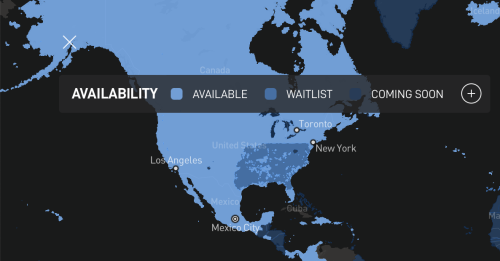Streaming, video calls, online gaming, remote working and more are now possible in even the most remote locations thanks to the world’s most advanced internet system from no other than Elon Musk’s company, Starlink.
For $499 for the hardware and $120 for the monthly fee I could now use the low earth orbit (LEO) daisy chain of Starlink satellites to do everything that cable or fiber optic currently offers.
Starlink from Elon Musk is the world’s first and largest satellite constellation using a low Earth orbit to deliver broadband internet capable of supporting streaming, online gaming, video calls and more to remote and rural areas which were previously unconnected.

The signals that your Starlink hardware emits, much like with satellite TV, can be interrupted by poor weather such as heavy rain or solid objects like trees or houses. However, streaming shouldn’t be affected as much due to buffering (downloading a certain amount of data before starting to play the content), especially since Starlink’s outages normally just last a few seconds.
People are cutting the cord and paying to stream what they want to watch direct from online providers (some streamers are free to use but have advertising like the classic viewing model.) But some of us old farts like to watch local news. Luckily, there’s also free option to do this. You can use the YouTube TV app on your phone to register your location via GPS at least once every three months. Here’s a detailed guide on how to do that.

Leveraging advanced satellites and user hardware coupled with our deep experience with both spacecraft and on-orbit operations, Starlink delivers high-speed, low-latency (faster signal) internet to users all over the world.
Most satellite internet services come from single geostationary satellites that orbit the planet at 35,786 km. As a result, the round trip data time between the user and satellite—also known as latency—is high, making it nearly impossible to support streaming, online gaming, video calls or other high data rate activities.
Starlink is a constellation of thousands of satellites that orbit the planet much closer to Earth, at about 550km, and cover the entire globe. Because Starlink satellites are in a low orbit, latency is significantly lower—around 25 ms vs 600+ ms.
Starlink now comes for RV and other in-motion use with Starlink Roam and Boats.
Coverage is pretty good!
Evolution of Starlink coverage 💫@elonmusk @Starlink
— Mahatma Gandhi (Parody) (@GandhiAOC) July 9, 2024
pic.twitter.com/bwDkylv3OD